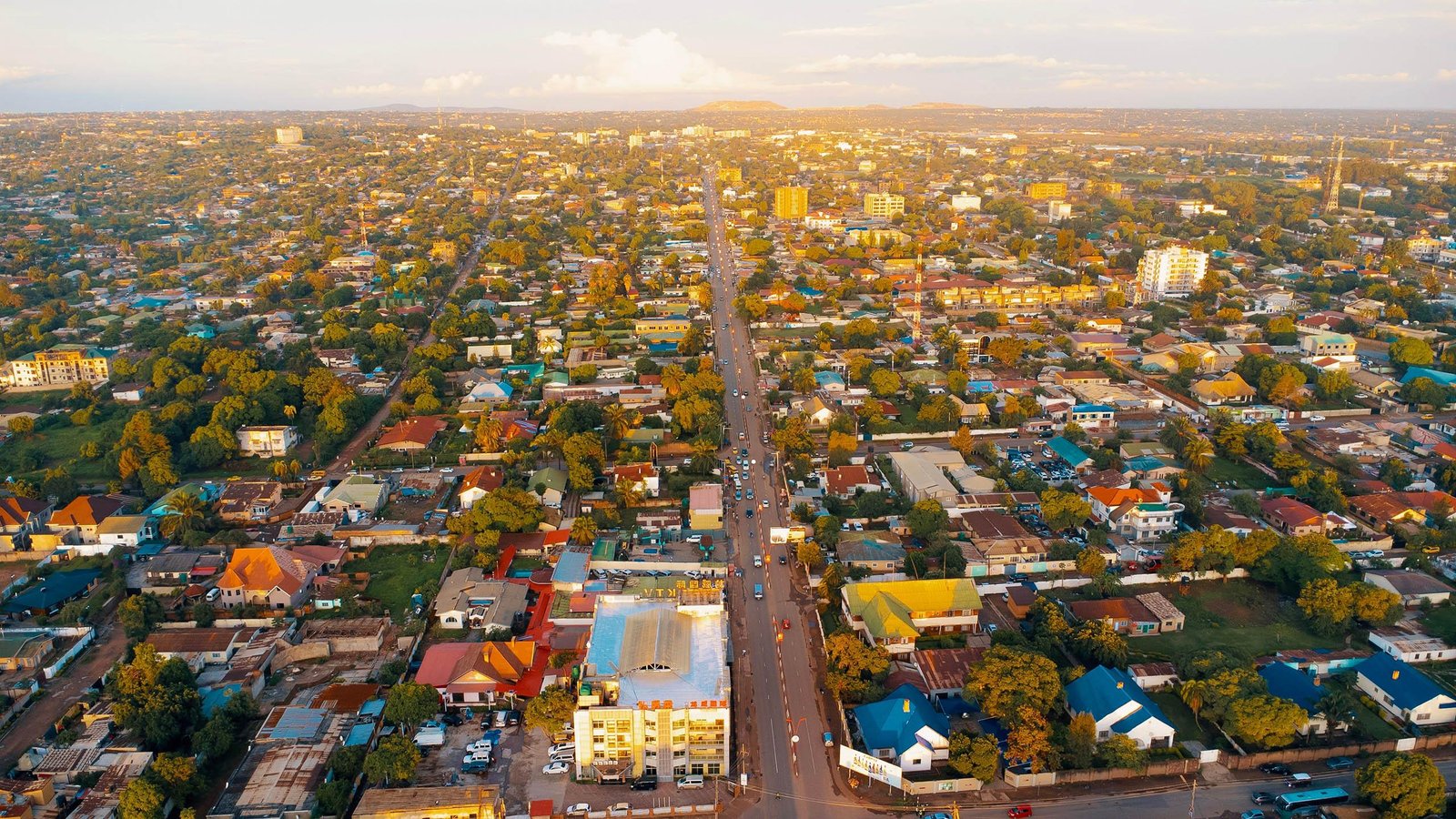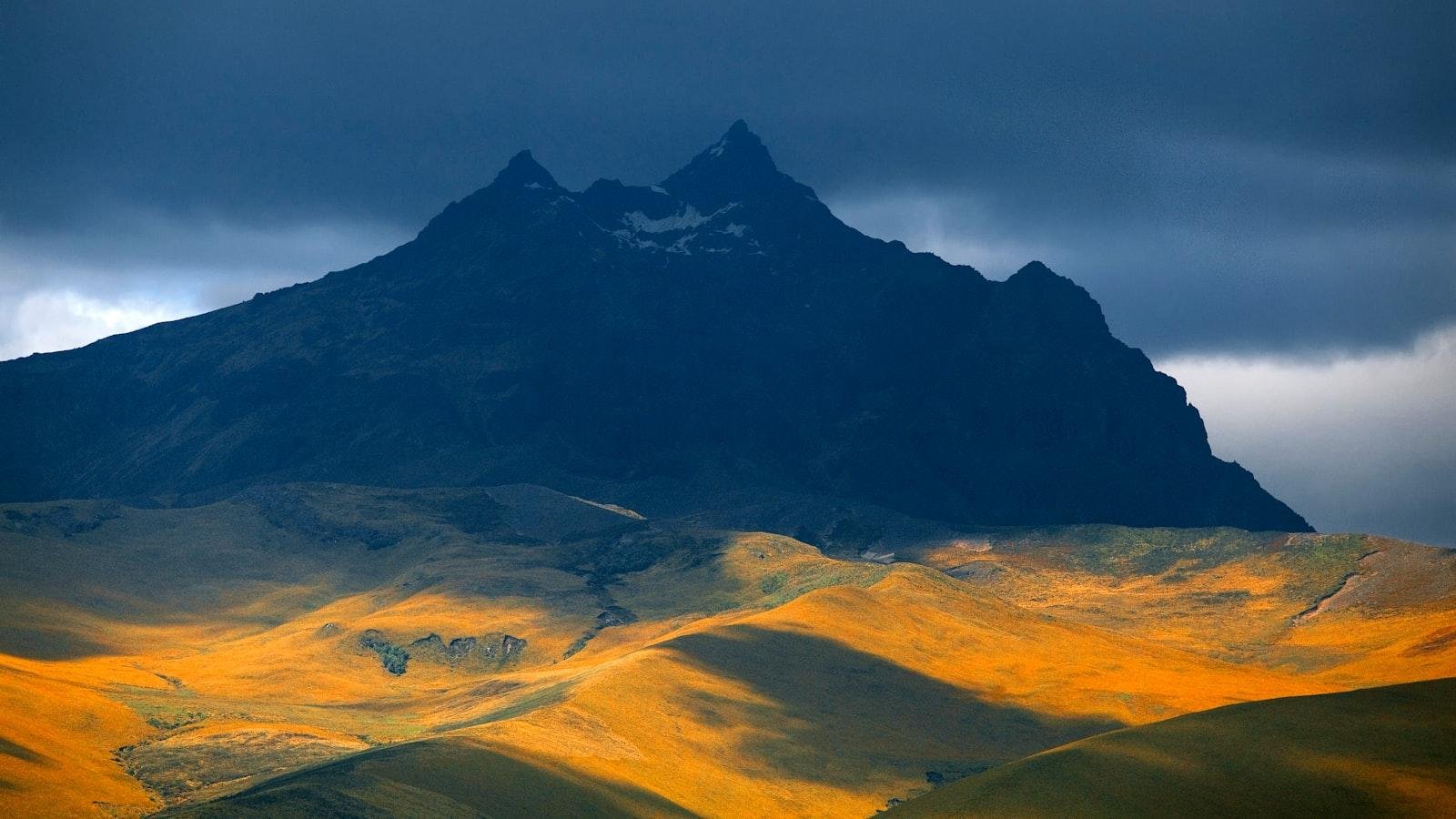Now Reading: Iceland
- 01
Iceland
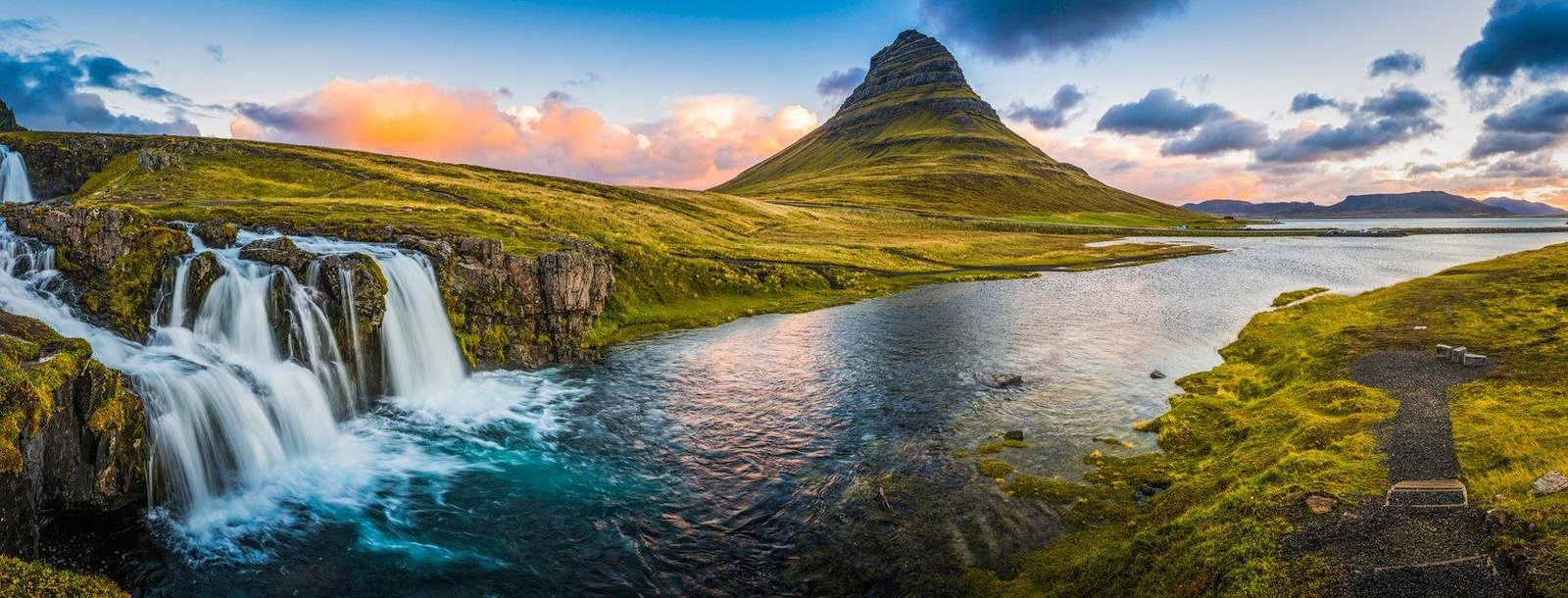
Iceland
Nestled in the frosty embrace of the North Atlantic, Iceland beckons with its otherworldly landscapes and rich cultural heritage. From towering icy glaciers to bubbling geothermal hot springs, this island nation is a land of contrasts and wonder. Join us as we delve into the mysterious beauty and unique charm of Iceland.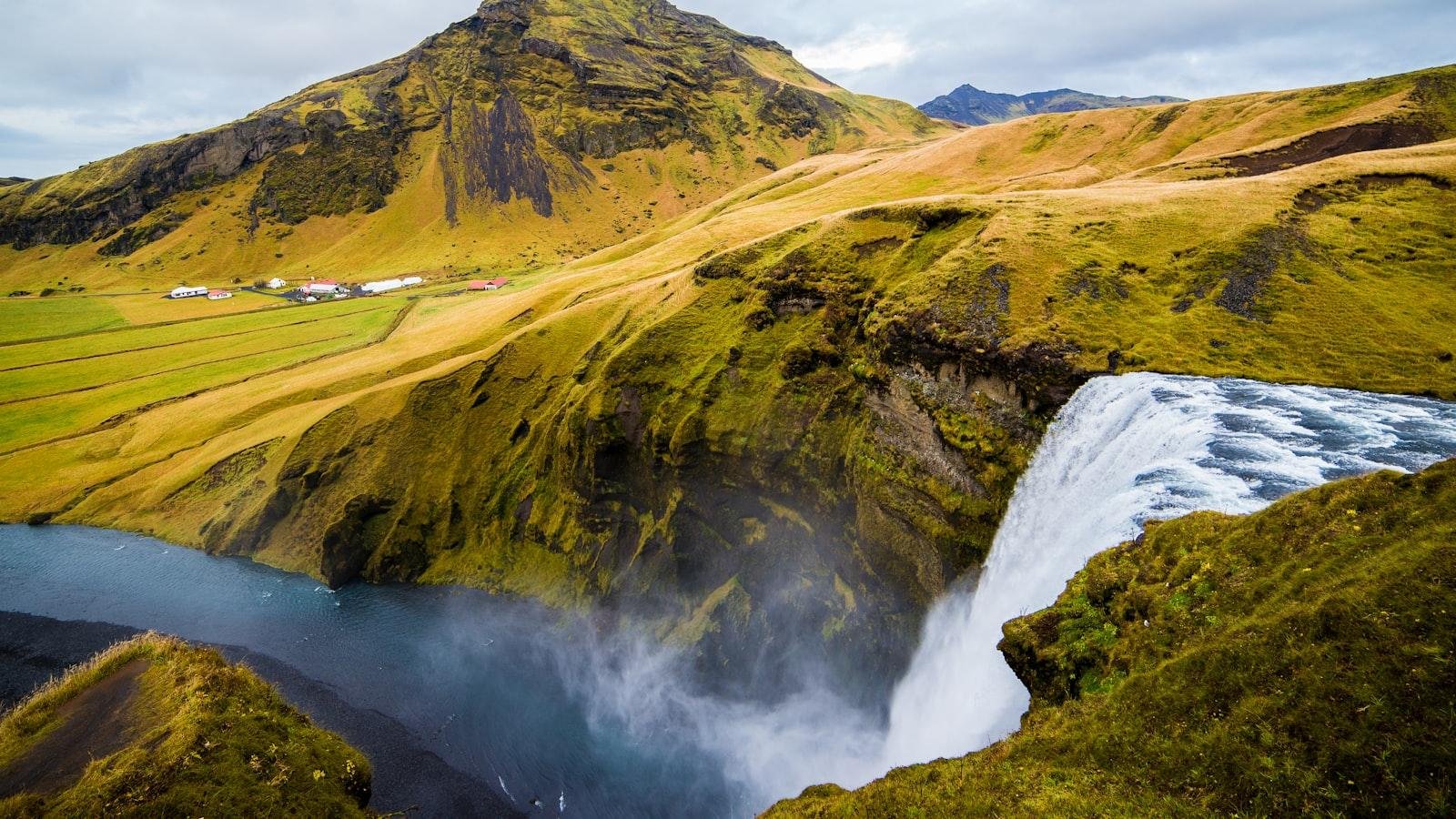
– The Land of Fire and Ice: Iceland’s Unique Geology
Iceland, a country known for its incredible landscapes and unique geology, is a true wonder of the natural world. Situated on the boundary between the Eurasian and North American tectonic plates, Iceland is constantly shaped by volcanic activity, making it a land of fire and ice. With its rugged mountains, geothermal hot springs, and active volcanoes, Iceland offers a glimpse into the Earth’s dynamic geological processes.
One of the most iconic features of Iceland’s geology is its glaciers, which cover about 11% of the country’s land area. These massive ice sheets are constantly moving and melting, shaping the land beneath them. In addition to glaciers, Iceland is also home to numerous geysers, hot springs, and lava fields, showcasing the diverse range of geological formations that can be found on this small island nation. The geological wonders of Iceland truly make it a must-visit destination for nature enthusiasts and geology buffs alike.
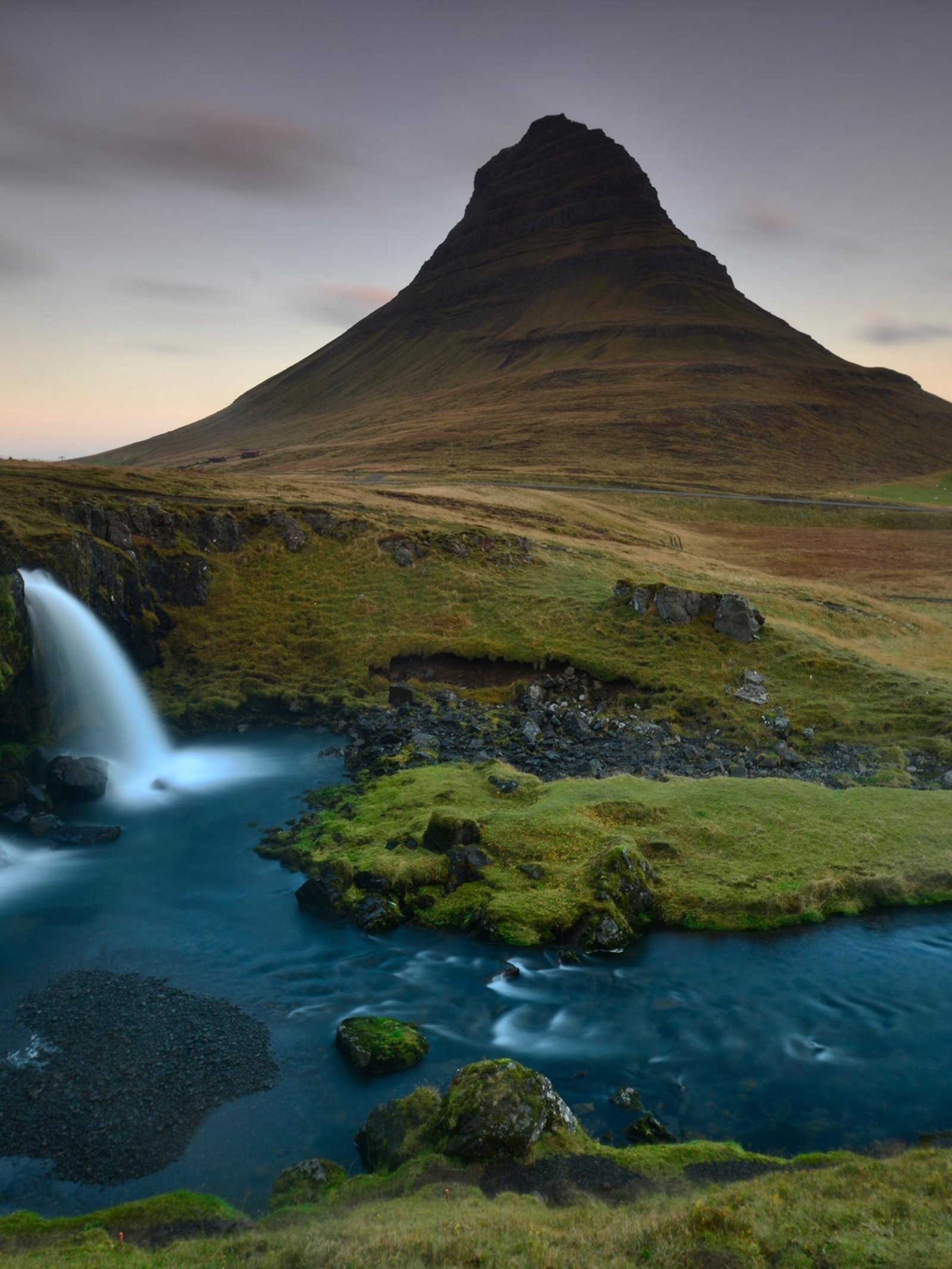
– Chasing the Northern Lights: Tips for Enjoying Iceland’s Spectacular Light Show
When visiting Iceland, witnessing the Northern Lights is a truly magical experience. To maximize your chances of seeing this spectacular light show, there are a few things to keep in mind. First and foremost, be sure to check the weather forecast and plan your trip during the winter months when the nights are long and dark.
Another tip for enjoying the Northern Lights in Iceland is to find a remote and dark location away from city lights. Places like Thingvellir National Park or the Westfjords offer stunning views of the night sky. Remember to dress warmly and bring a thermos of hot cocoa to stay comfortable during your aurora chase. Don’t forget to bring a camera to capture this natural wonder!
– Exploring Reykjavik: A Guide to Iceland’s Vibrant Capital City
When exploring Reykjavik, you’ll find yourself immersed in a city filled with a unique blend of natural wonders and vibrant urban culture. One of the must-visit spots in Reykjavik is the iconic Hallgrímskirkja church, with its striking architecture and panoramic views of the city from its tower. Take a leisurely stroll down Laugavegur, the city’s main shopping street, where you can find everything from boutique shops to cozy cafes serving up delicious Icelandic cuisine.
For a taste of Iceland’s rich history and culture, be sure to visit the National Museum of Iceland, where you can learn about the country’s Viking heritage and see artifacts dating back to the settlement of Iceland. Don’t miss the chance to relax in one of Reykjavik’s many geothermal pools, such as the famous Blue Lagoon, for a truly rejuvenating experience. Whether you’re exploring the city’s museums or soaking in a hot spring, Reykjavik offers a unique and unforgettable experience for travelers of all kinds.
– Hot Springs and Ice Caves: Iceland’s Natural Wonders
Iceland is truly a land of natural wonders, where ancient forces shape the landscape in fascinating ways. One of the most famous attractions in the country is the Blue Lagoon, a geothermal spa surrounded by lava fields. Visitors can relax in the warm, mineral-rich waters while taking in the stunning views of the Icelandic countryside.
Another must-see natural wonder in Iceland is the Ice Caves of Vatnajökull, Europe’s largest glacier. These ice caves are a stunning display of nature’s beauty, with crystal-clear ice formations creating a magical underworld. Exploring these caves is like stepping into a fairy tale, where the shimmering ice walls transport visitors to a world unlike any other.
– From Vikings to Modern Cuisine: Delving into Iceland’s Food Culture
Iceland’s food culture is a fascinating blend of traditions that have been passed down through generations, evolving from the Viking age to modern times. The harsh climate and remote location of the island have greatly influenced the local cuisine, resulting in a unique culinary experience that showcases the best of what Iceland has to offer.
From hearty stews made with locally sourced lamb and root vegetables to delicate seafood dishes featuring fresh-caught fish and shellfish, Icelandic cuisine is a reflection of the country’s rich natural resources. Traditional dishes such as hangikjöt (smoked lamb), harðfiskur (dried fish), and kleinur (fried pastries) are enjoyed by locals and visitors alike, providing a taste of Iceland’s history and heritage. With a growing focus on sustainability and innovation, modern Icelandic chefs are pushing the boundaries of traditional cooking methods, incorporating new techniques and flavors to create a vibrant and dynamic food scene.
– The Golden Circle: Must-See Attractions in Iceland’s Popular Tourist Route
The Golden Circle in Iceland is a popular tourist route that encompasses three must-see attractions: Þingvellir National Park, Geysir Geothermal Area, and Gullfoss Waterfall. Each of these sites offers unique natural beauty and cultural significance that make them top destinations for visitors to Iceland.
Þingvellir National Park is not only a stunning natural landscape with its rugged cliffs and clear blue waters of the Þingvallavatn Lake, but it also holds historical importance as the original site of Iceland’s parliament, the Althing, established in 930 AD. Geysir Geothermal Area boasts bubbling hot springs and the famous Strokkur geyser, which erupts every few minutes, while Gullfoss Waterfall is a majestic two-tiered waterfall that plunges into a deep canyon, offering a breathtaking sight for all who visit.
– Sustainable Travel in Iceland: Eco-Friendly Tips for Responsible Tourism
When visiting Iceland, it’s important to prioritize sustainable travel practices to minimize your environmental impact on this beautiful country. Here are some eco-friendly tips for responsible tourism:
- Opt for eco-friendly accommodations: Choose to stay in hotels, guesthouses, or Airbnbs that are committed to reducing their carbon footprint and supporting local conservation efforts.
- Utilize public transportation: Instead of renting a car, take advantage of Iceland’s efficient bus system or join eco-friendly tours that offer transportation to popular attractions.
- Support local businesses: Purchase souvenirs, food, and services from local shops and restaurants to promote sustainable tourism and support the Icelandic economy.
- Respect nature: Follow designated trails, refrain from littering, and avoid disturbing wildlife to preserve Iceland’s pristine landscapes for future generations.
| Activity | Carbon footprint |
|---|---|
| Hiking in a national park | Low |
| Driving a rental car | High |
| Taking a guided glacier tour | Medium |
To Conclude
As we conclude our exploration of Iceland, we have only scratched the surface of this fascinating land of fire and ice. From its stunning landscapes and vibrant culture to its welcoming people and unique way of life, Iceland truly is a place like no other. Whether you are drawn to its incredible natural wonders, its rich history and folklore, or simply seeking an unforgettable adventure, Iceland has something to offer everyone. So pack your bags, prepare for a journey like no other, and discover the magic of Iceland for yourself. Until next time, safe travels and may your adventures be as epic as Iceland itself.



